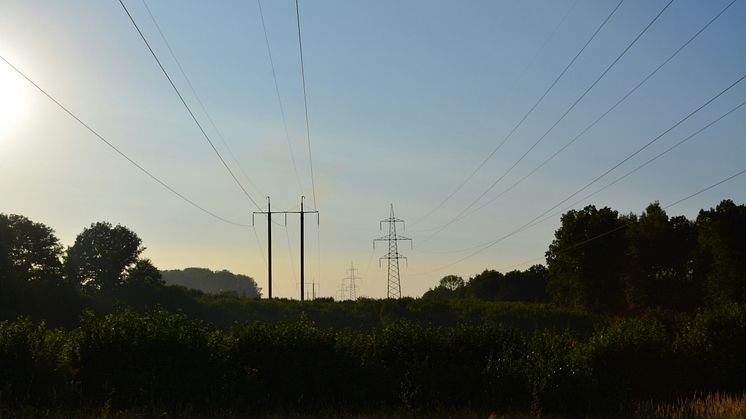
Blog post -
The digital future of substations: 5 benefits of predictive maintenance
Data-driven insights optimize maintenance at substations and are essential for a robust and sustainable power grid. Through connected sensors and real-time data collection, qualitative analysis and decision-making can create added value for the entire operation.
1. Reduced Downtime and Increased Reliability
Predictive maintenance enables faults to be anticipated before they lead to downtime. This provides better control over equipment and ensures that facilities like substations operate without unplanned interruptions. It also enhances safety for personnel and ensures reliable power delivery.
2. Cost Savings
Traditional maintenance is often either time-based (scheduled inspections and repairs) or reactive (maintenance after a problem has occurred). Both of these methods are inefficient and costly. By analyzing data from sensors, it becomes possible to predict when equipment needs maintenance, repair, or replacement. This allows for avoiding unnecessary inspections and repairs, reducing both material and labor costs.
3. Improved Resource Planning
Predictive maintenance enables more efficient resource planning through digital monitoring, control, and automated processes. This ensures that personnel and spare parts can be allocated optimally, reducing the risk of delays and unplanned outages. It also leads to fewer unnecessary interventions, freeing up time for staff.
4. Extended Equipment Lifespan
Predictive maintenance extends the lifespan of equipment by identifying and addressing issues early, before they lead to major damage. By monitoring the condition and performance, critical assets can be replaced or repaired in time, maximizing the health of the equipment and reducing the need for costly repairs in the long run.
5. Reduced Environmental Impact
By performing maintenance only when needed, waste of materials and spare parts is minimized. Fewer unplanned outages lead to more efficient energy use, and better maintenance planning reduces transport, which in turn lowers carbon emissions. Applicable assets can also be monitored and environmentally safeguarded through connected sensors and automated workflows. Altogether, this contributes to a more sustainable and environmentally friendly operation.
Summary
Predictive maintenance and digitalization of substations are key to a future of stable and reliable energy supply, both in Sweden and globally. Substations are fundamentally similar worldwide, and with smarter technology, not only can interruptions be avoided, but it also drives more sustainable and efficient energy management that benefits society as a whole.





